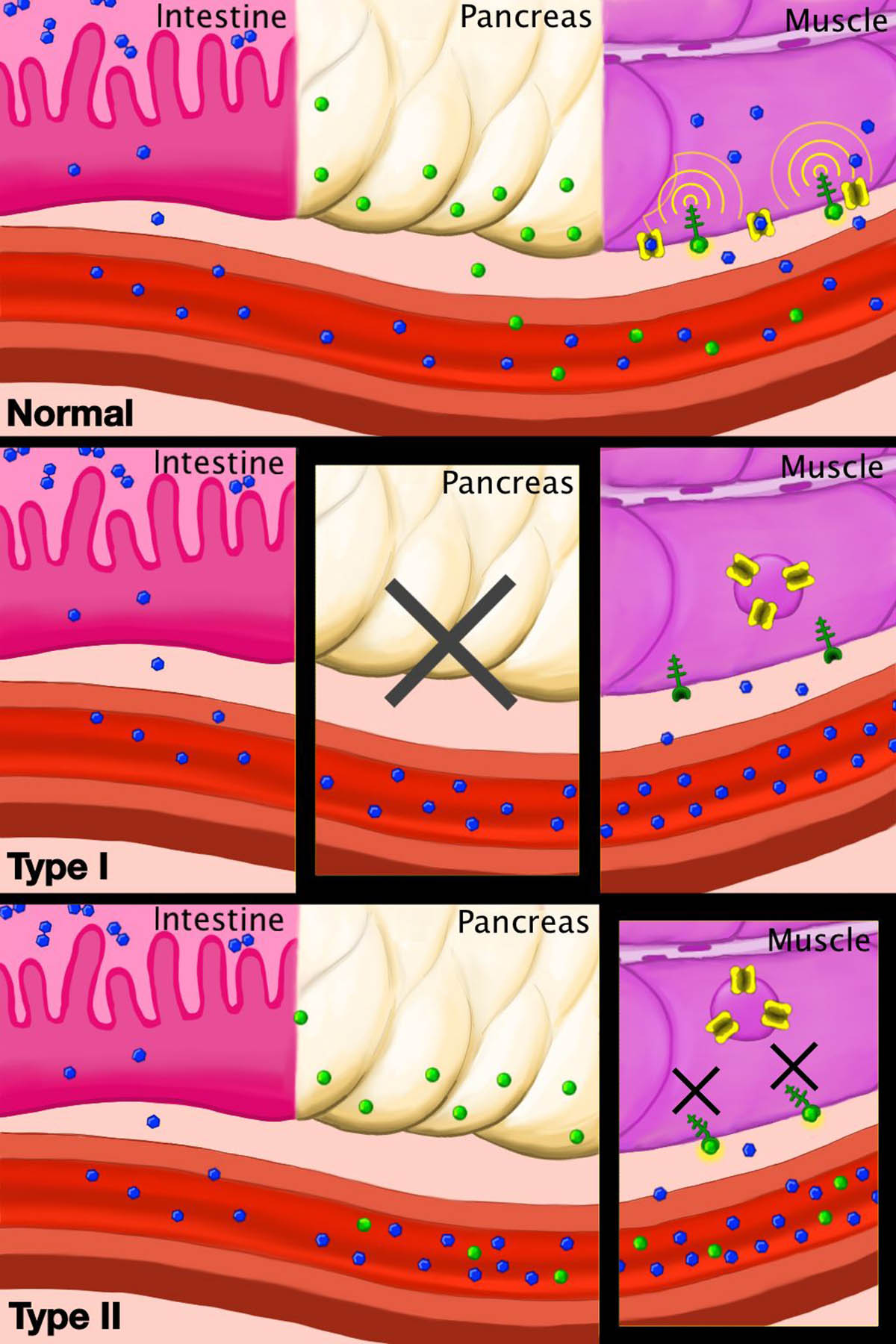
Type 2 diabetes, formerly known as non-insulin-dependent diabetes or adult-onset diabetes, is the most common form of diabetes. It is a chronic condition that occurs when glucose (sugar) level is the blood become higher than normal. This happens either because the body doesn’t produce enough insulin or because the body cells don’t use insulin properly which is known as insulin resistance. Insulin is a hormone produced by the pancreas and it is responsible for transporting the glucose from the blood to the cells. But when the glucose builds up in the blood instead of going into the cells it leads to diabetes. Untreated type 2 diabetes can result in deadly outcome.
This disease cannot be cured but can be prevented. The treatment for type 2 diabetes aims to regulate blood sugar levels with the help of medications. Type 2 diabetes can also be managed with healthy diet, regular exercise and maintaining normal body weight.
It is not quite understood why type 2 diabetes develops in some individuals. However, there are some risk factors that contribute development of this lifelong disease. One of them is high body weight. In obese people cells may become resistant to insulin. Lack of activity increases the risk of obesity thus type 2 diabetes. Genetics also plays a role in development of type 2 diabetes. Black people, Hispanics, American Indians, and Asian-Americans have higher risk of type 2 diabetes than other races. The risk also increases with the age and people older than 45 are at highest risk. You may have the risk of type to diabetes if you suffer from prediabetes which features with increased level of sugar in blood. Untreated prediabetes leads to type 2 diabetes. Gestational diabetes that some women develop in pregnancy increases the risk of type 2 diabetes that may develop later in life.
Symptoms of Type 2 Diabetes
Symptoms of type 2 diabetes usually develop gradually and may go unnoticed for years. Common symptoms of type 2 disease include increased thirst followed by frequent urination. This occurs because glucose leaks into the urine and pulls out excess water through the kidneys. Since insulin cannot transport sugar into the cells to be used for energy, diabetics usually experience extreme hunger due to lack of energy. Loss of weight is another common symptom of type 2 diabetes that occurs despite increased appetite. Weight loss is a result of the body’s inability to process the calories in the foods. The loss of sugar and water in the urine contributes weight loss as well. Type 2 diabetes causes fatigue and feeling of tiredness because of lack of sugar in the cells. Blurred vision also accompanies type 2 diabetes. Poor wound healing and frequent infections result from type 2 diabetes because of inability of the body to heal and fight against infections. Some diabetics have areas of darkened skin mostly around armpits and neck and this is known as acanthosis nigricans.



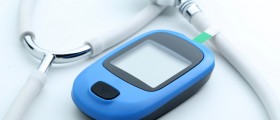

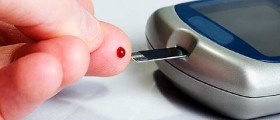









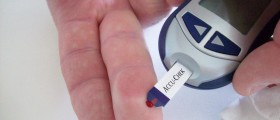
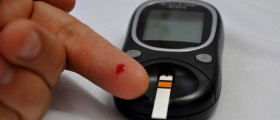
Your thoughts on this
Loading...